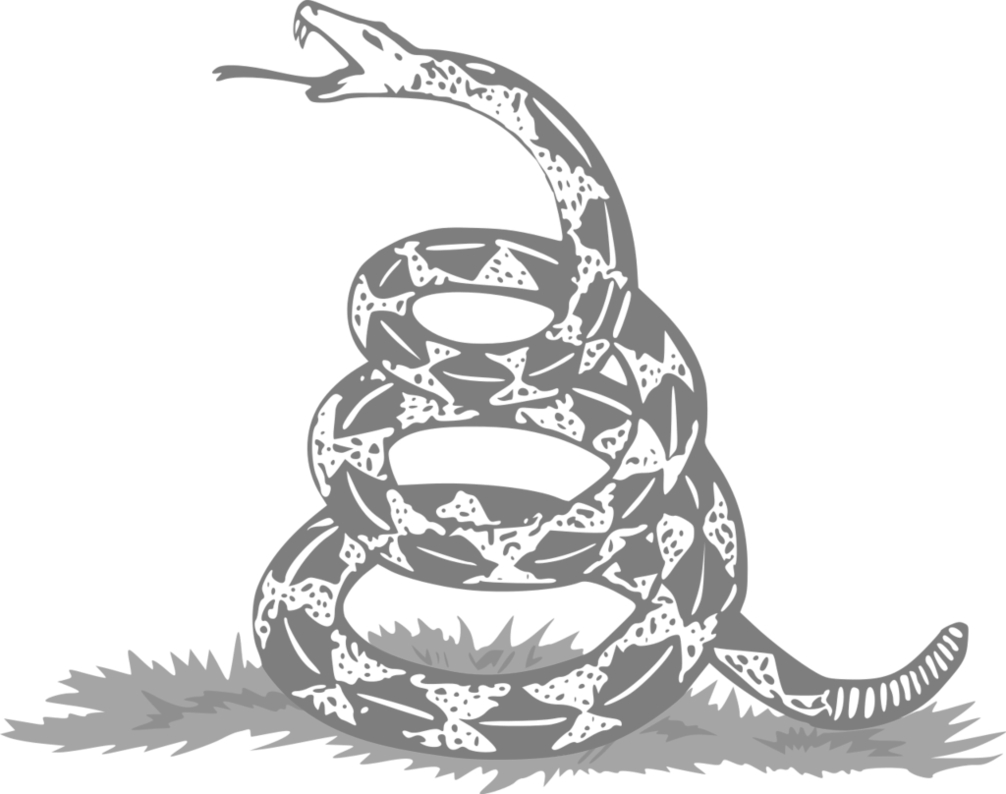Reverse straw man: Difference between revisions
No edit summary |
No edit summary |
||
| Line 29: | Line 29: | ||
* [[Proper government]] | * [[Proper government]] | ||
* http://english.stackexchange.com/questions/170907/opposite-logical-fallacy-to-straw-man | * http://english.stackexchange.com/questions/170907/opposite-logical-fallacy-to-straw-man | ||
* https://rationalwiki.org/wiki/Motte_and_bailey | |||
* https://rationalwiki.org/wiki/Straw_man#Iron_manning | |||
[[Category: Fallacies]] | [[Category: Fallacies]] | ||
[[fr: Homme de paille inversé]] | [[fr: Homme de paille inversé]] | ||
Revision as of 21:23, 13 July 2022
The reverse straw man fallacy is the opposite of the straw man fallacy. Consider two propositions:
- A, which is hard to attack ;
- B, which is easy to attack.
Whereas the straw man fallacy consists in attacking proposition A by attacking instead proposition B, the reverse straw man consists in defending proposition B by defending proposition A.
It’s a form of non sequitur: accepting A would imply to accept B, or a form of equivocation.
In its extreme form (antonym fallacy), proposition B is the exact opposite of A, thus akin to the Schrödinger’s razor fallacy.
The reverse straw man then consists in getting a proposition accepted by arguing in favor of its opposite, by playing on definitions, using intermediate anti-conceptual definitions (definition by non-essentials) or even intellectual package dealings.
Exemples
barking cat
borders
examples
